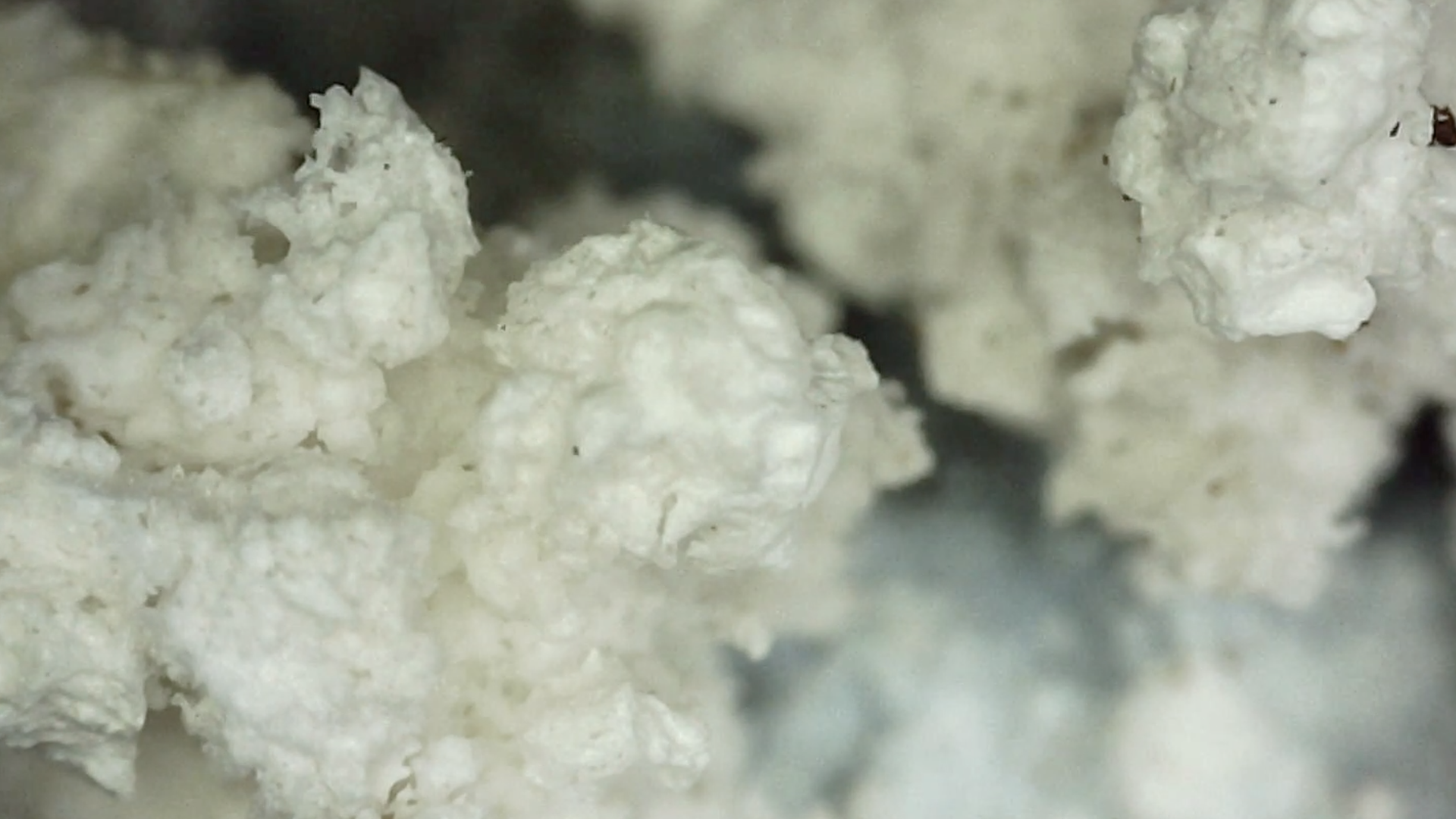In the fall of 2020, I began gathering samples for what I’ve termed an Anthropogenic Mineral Collection. These carbon-based minerals consist of human-mediated byproducts of geological intervention from the Industrial Revolution to the present. The majority of those in my collection are caused by industrial mining of valuable conductors, and have not been recorded elsewhere as natural occurrences. They are unintended human byproducts, indirect contributions to the formation of new minerals, found in ore dumps and furnace slag, along the tunnel walls of mines and smelters, or prompted by mine fires and nuclear tests. This Anthropogenic Mineral Collection looks closely at the materials that result from human intervention at a geological and microscopic scale.
Anthropogenic Mineral Collection, 2020
Digital microscope, HD footage, deep earth audio, essay
11:38 minutes
My samples have been gathered second-hand from the small collections of amatuer geologists, mineralogists, mine foragers, and rockhounders across the globe. Most often these anthropogenic minerals are discovered in abandoned mines throughout Europe and the American Southwest, though there is evidence that they also exist in mines of the American Northeast and Australia. Heat-generating ores are extracted at these locations to be melted down into metal for a wide range of technologies, including batteries, solar panels, digital devices, and nuclear energy. The physical makeup of the earth is altered by the extraction process, resulting in the creation of secondary minerals.
The resulting secondary minerals will be preserved in the geological record as distinctive of the human-age, marking our attempts to harvest the earth’s energy. My ongoing collection confronts these anthropogenic minerals at an intimate scale, able to be handled and closely observed. The technologies I use to film these samples encounter their side effects: the apparatus of my digital microscope, camera, and laptop are made of metal sourced from mines similar to those from which the minerals on-screen derive. The image ebbs in and out of focus, connecting pieces of an ecological narrative that have been kept purposely distant and immaterial by modern industry.
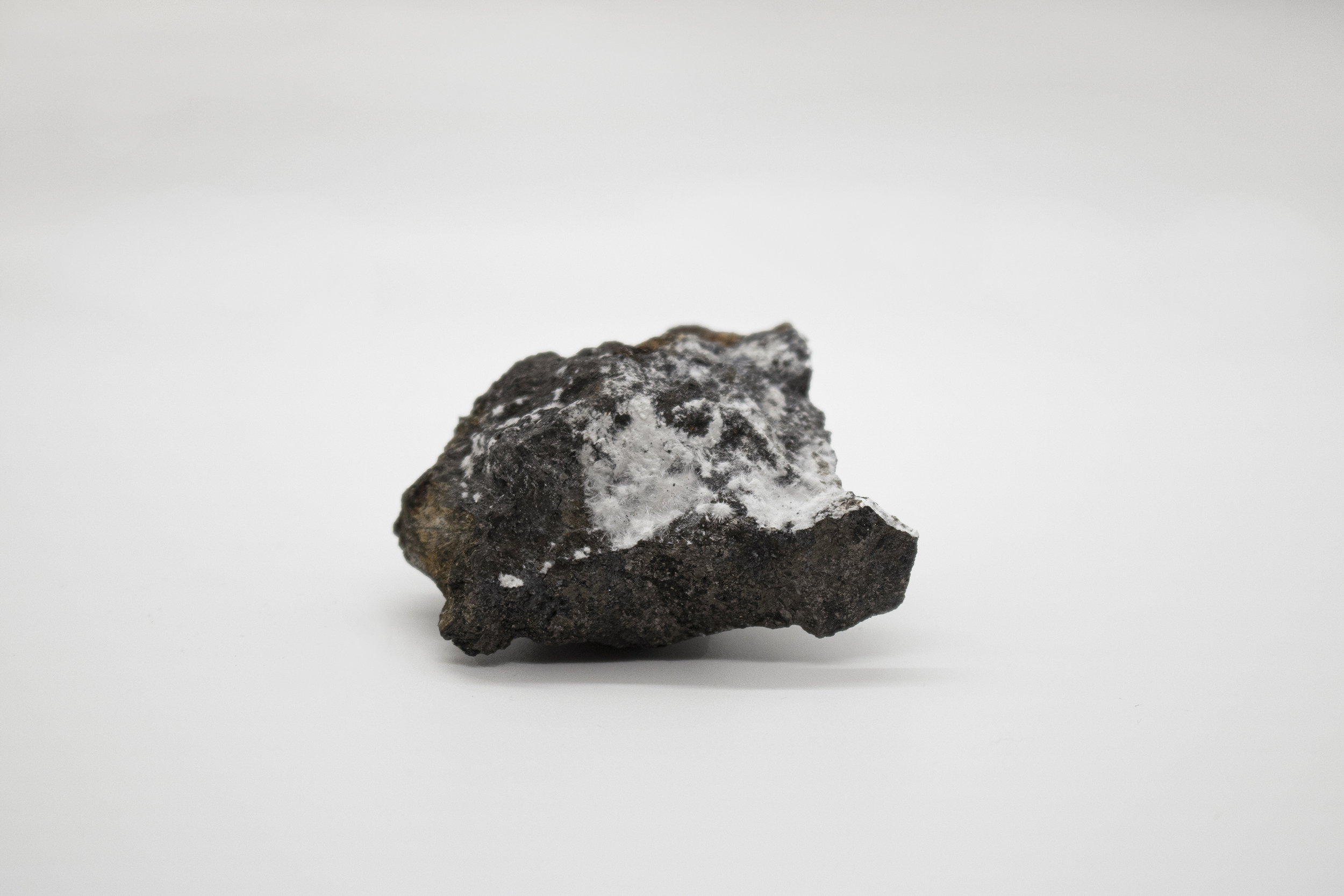
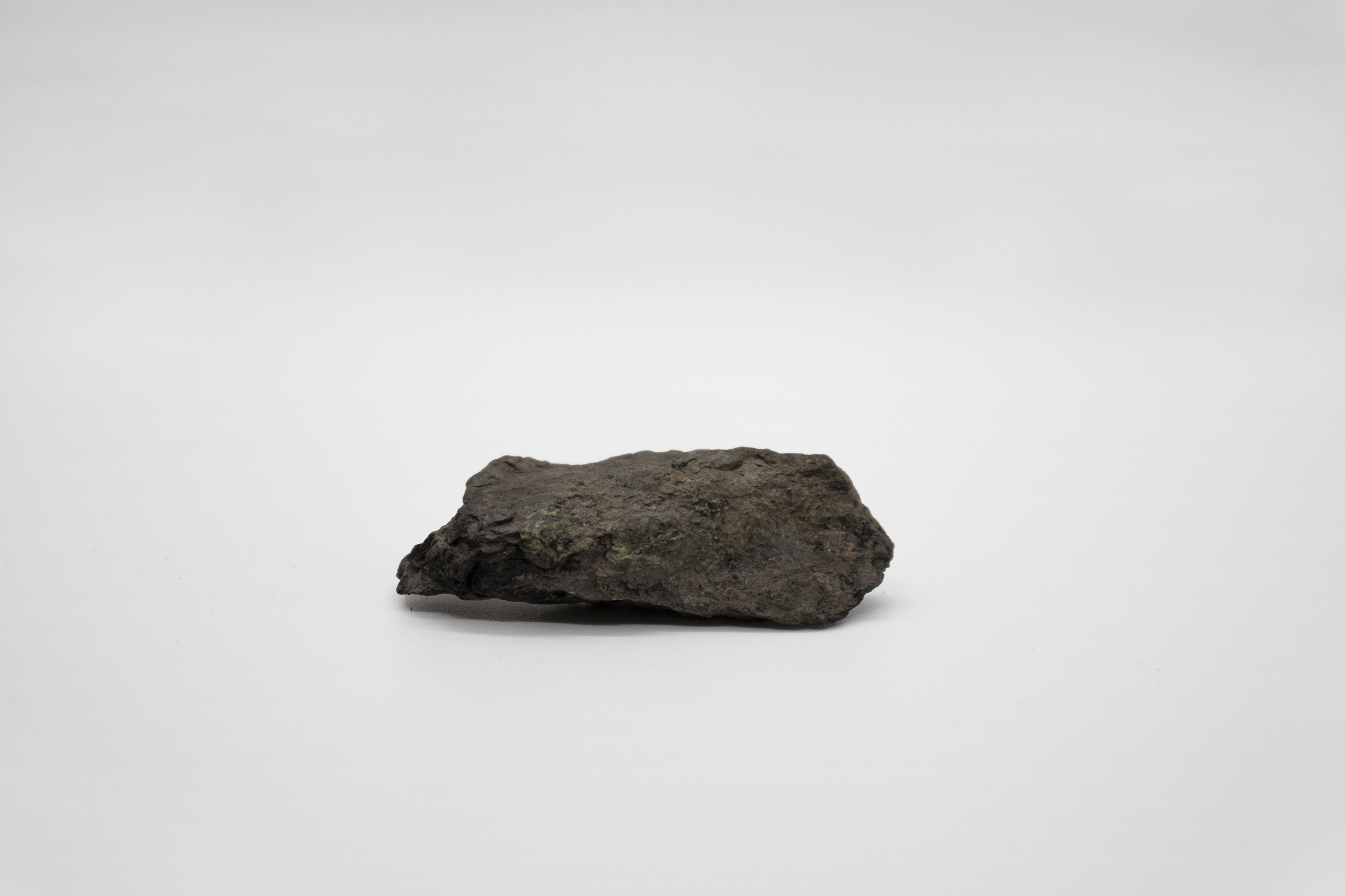
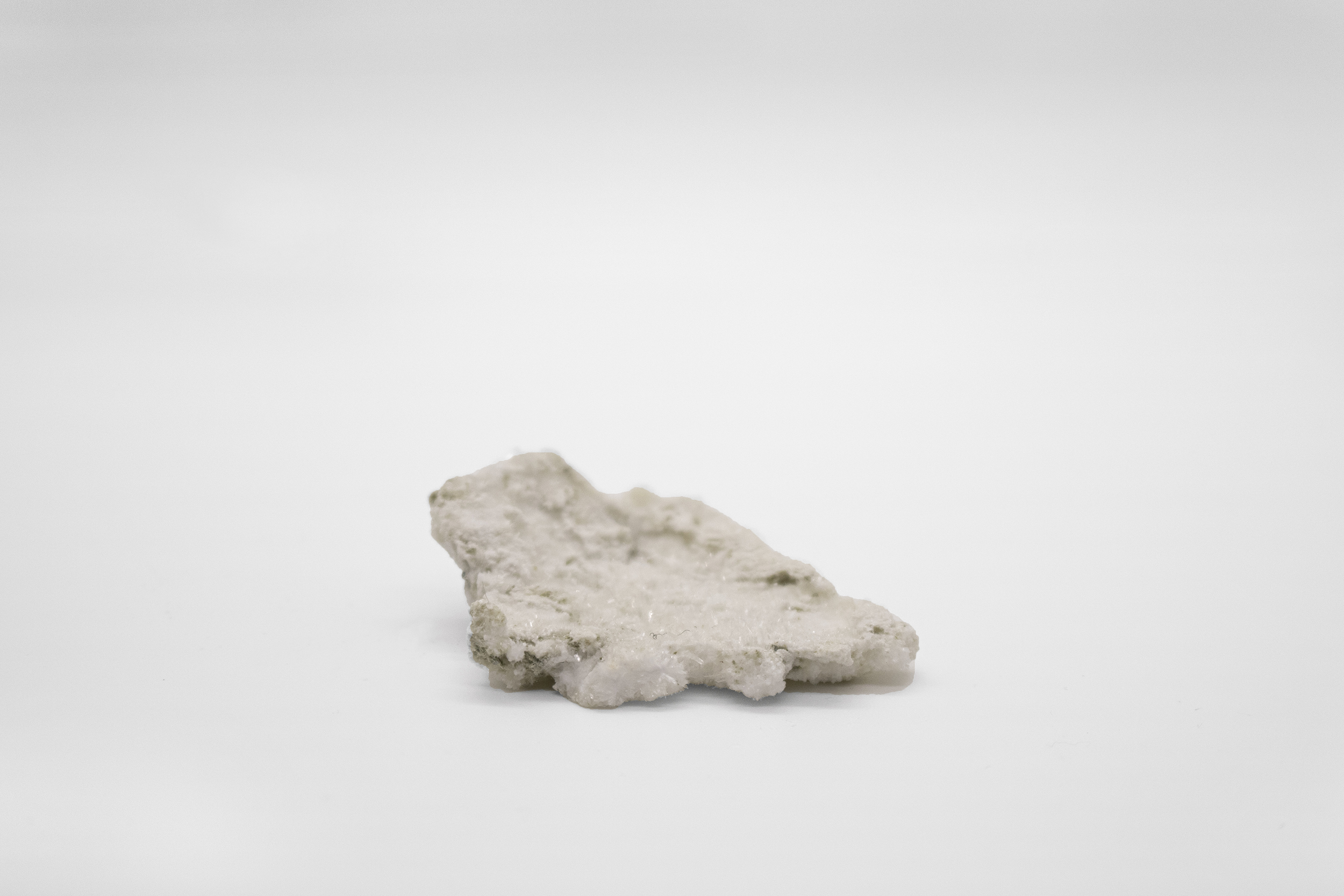
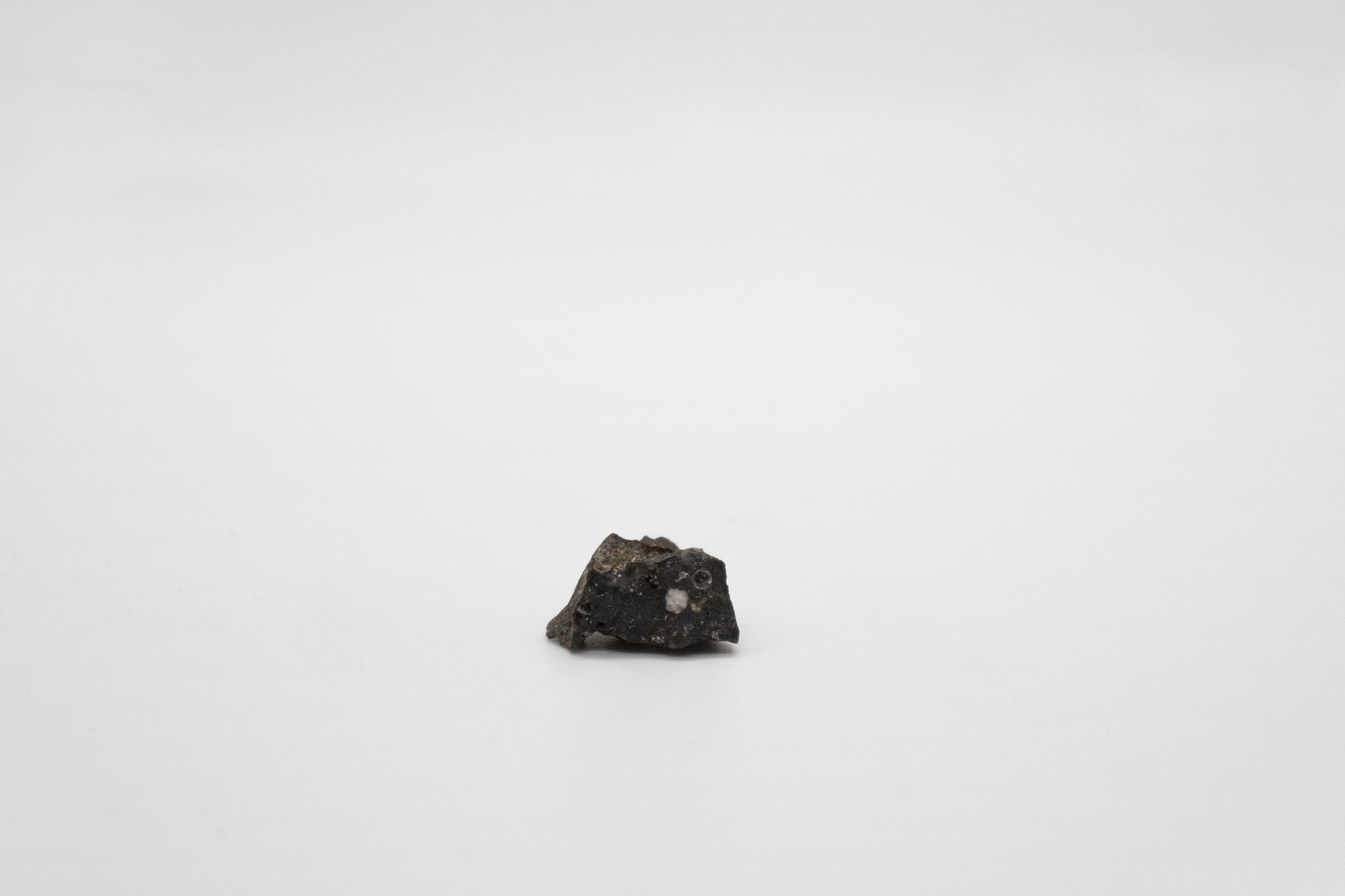
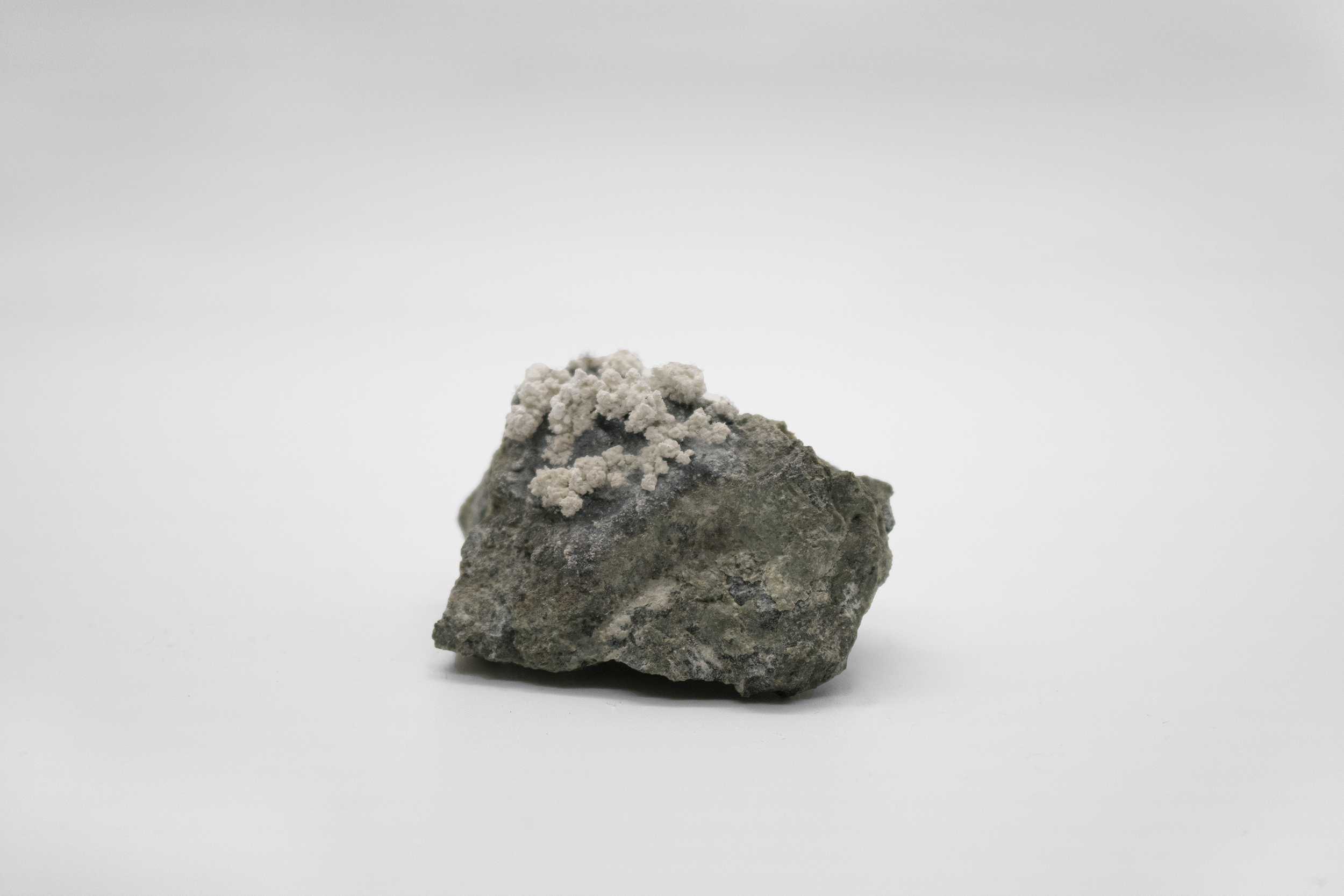
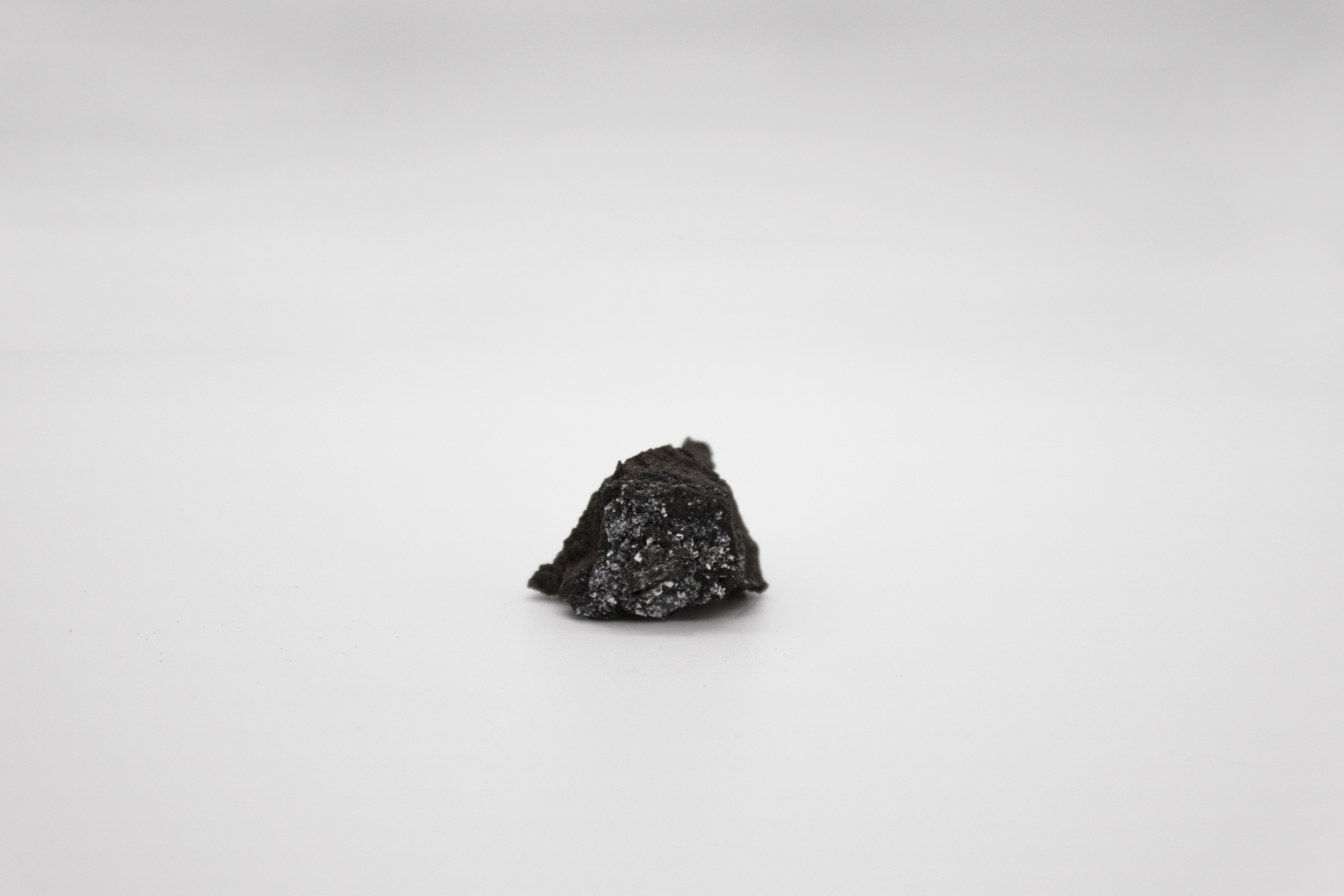
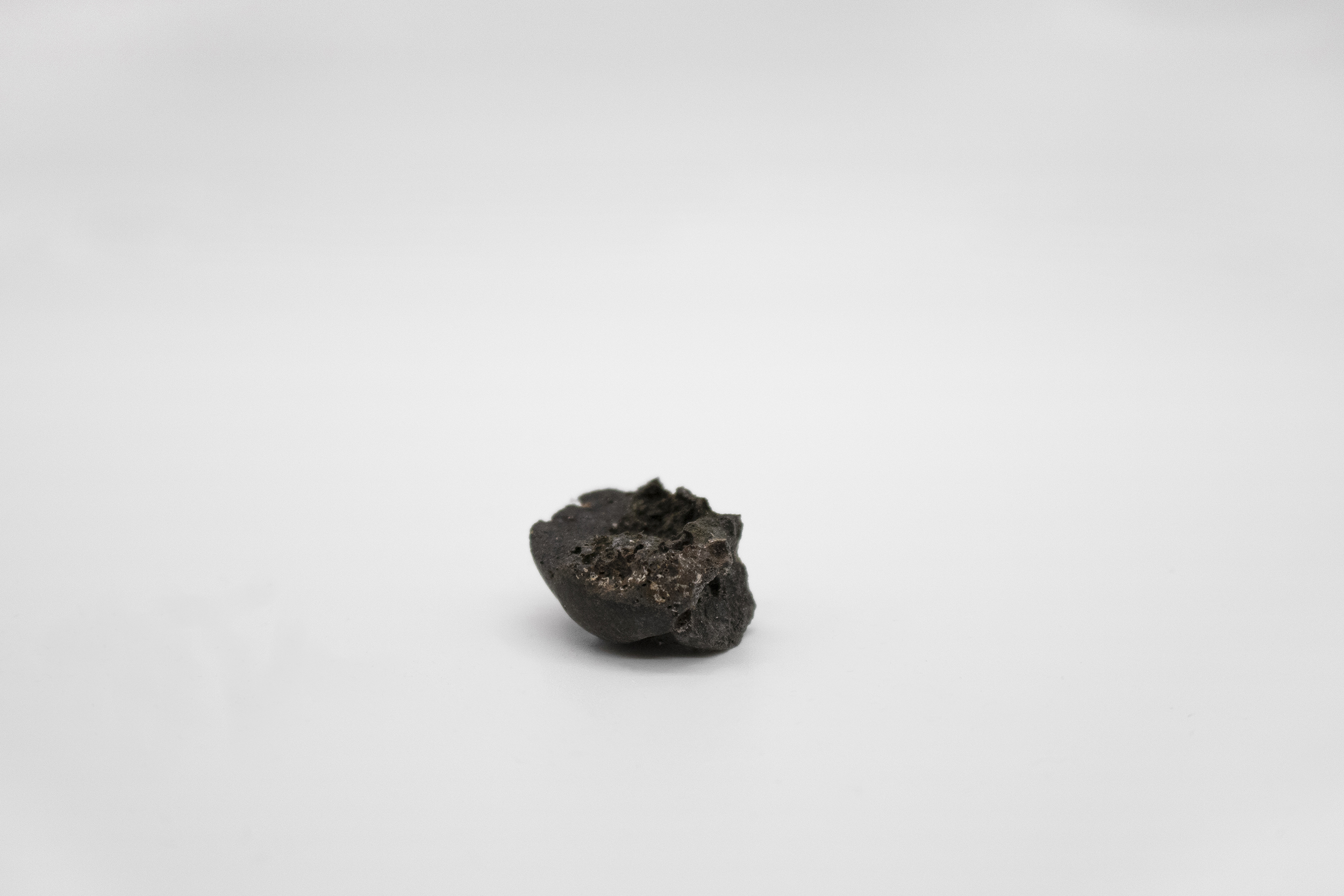
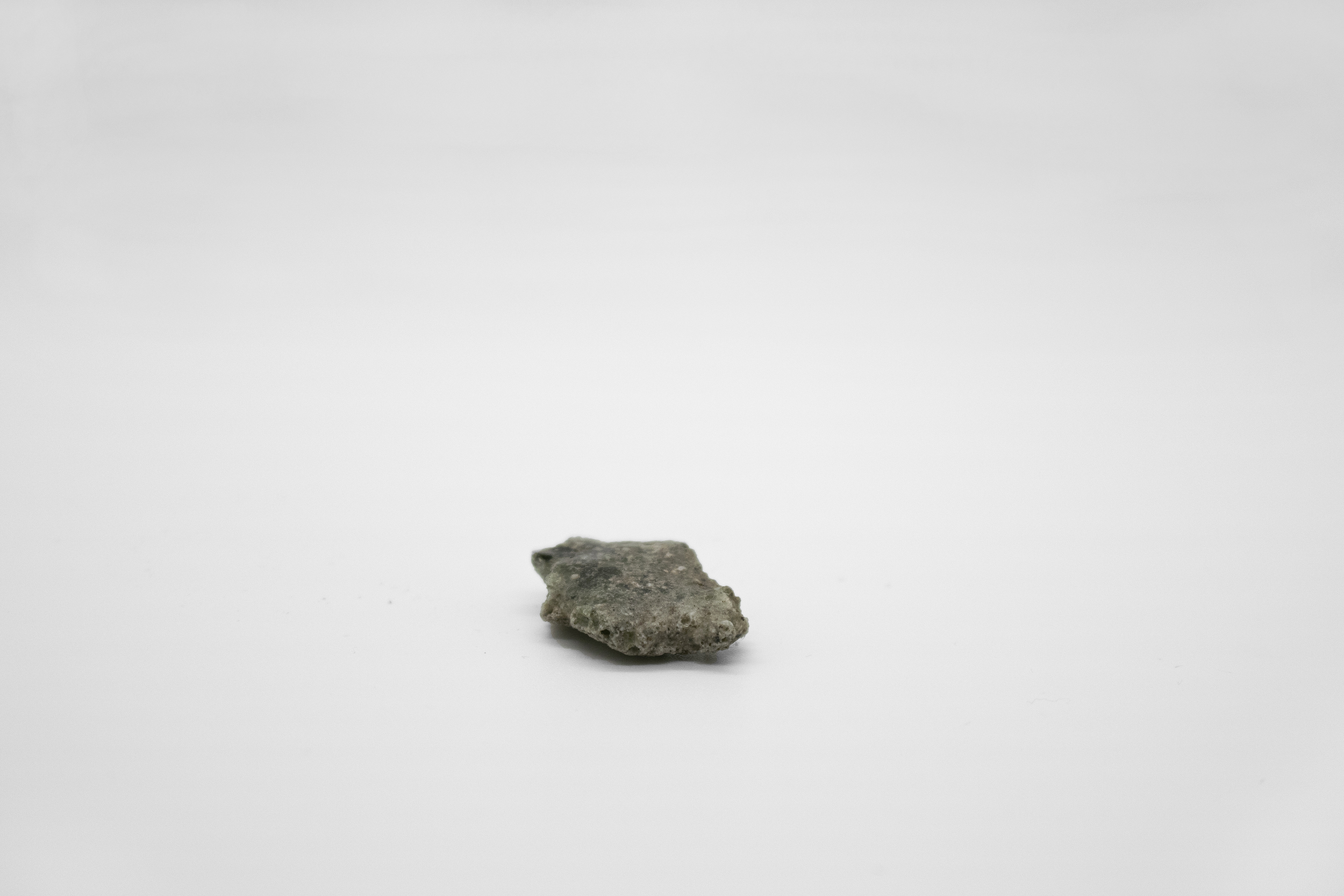
My collection was guided by an article published in March 2017 in American Mineralogist by Robert Hazen, Edward Grew, Marcus Origlieri, and Robert Downs.1 The study catalogs the 208 new mineral species that occur principally or exclusively as a consequence of human processes, and notes that even more species are forming at an unparalleled pace. Robert Downs, professor of Mineralogy at the University of Arizona states that:
Given humanity’s pervasive influences on the environment, there must be hundreds of as yet unrecognized ‘minerals’ in old mines, smelters, abandoned buildings, and other sites. Meanwhile, new suites of compounds may now be forming in, for example, solid waste dumps where old batteries, electronics, appliances, and other high-tech discards are exposed to weathering and alteration.2
The accumulating “e-waste,” which Downs alludes to, desperately requires regulation and future stewardship, as electronic recycling companies along the American Pacific Coast opt to ship toxic piles of old cell phones, computers, televisions, and cameras overseas. The Pacific Rim delineates an industrial loop in which these electronics circulate: manufactured in Asia, shipped to the United States via the West Coast, used by American consumers, and returned to Asia for processing in the form of harmful e-waste. This loop is responsible for the production of about eighty percent of the world’s computers and high tech components, as well as the creation of its toxic refuse3.
Proper processing of e-waste is both costly and uncommon, with the majority of American companies exploiting poorly regulated “informal recycling” labor overseas. Informal recyclers use harmful solvents, open burning, and acid baths to concentrate the valuable metals in e-waste while simultaneously dumping impurities into the environment.4 The toxins released during the improper treatment of e-waste results in physical changes of both living and non-living systems, altering local ecology at every scale.
Global industry created the specimens in my collection in the process of extracting conductive materials from mines, transforming them into consumables, and cycling their distribution around the Pacific Rim. Both land and labor are exploited in this process, leaving evidence embedded in geological stratification. Viewing these specimens brings the accelerated change produced by the human-age into intimate proximity—microscopic interventions mirror those taking place at both a human and global scale. My ongoing Anthropogenic Mineral Collection currently consists of the following new mineral profiles: Canavesite, Andersonite, Hydromagnesite, Fiedlerite, Lansfordite, Dypingite, Phosgenite, and Trinitite. [seq_logo]
1 Robert M. Hazen, Edward S. Grew, Marcus J. Origlieri and Robert T. Downs On the mineralogy of the “Anthropocene Epoch” (American Mineralogist, March 2017)
2 Catalog of 208 Human Caused Minerals Bolsters Argument for ‘Anthropocene Epoch’ (Carnegie Science, March 2017)
3 Rosenberg, Matt. Pacific Rim and Economic Tigers (ThoughtCo. January, 2020)
4 Kuehr, Ruediger.E-Waste in East and South-East Asia Jumps 63% in Five Years (United Nations University, January, 2017)
ABOUT THE CONTRIBUTOR
Colleen Hargaden is a Los Angeles based artist working in film/video, sculpture, and installation. Her work uses time-based media to explore future-thinking and issues of ecology, art, and utility. Employing the forms and techniques of contemporary “survivalist” culture, science, engineering, and the DIY “maker movement,” Hargaden’s work responds to ongoing developments in technology, as well as the systemic social, ecological, and economic pressures that prompt their creation. Parallel to her artistic practice, Hargaden’s teaching contains a similar disciplinary blend, spanning STEAM, rocketry, and time-based art courses for middle and high school students.
Colleen Hargaden holds a MFA in Film/Video from Milton Avery Graduate School of the Arts, Bard College (NY) and a BFA in Fine Art from Art Center College of Design (CA). Recent exhibitions include solo show Strategies for Inhabiting a Damaged Planet at Hunter Shaw Fine Art, Los Angeles, CA (2020); Built-In, NAVEL, Los Angeles CA (2018); and Tiny House (End of Build) solo exhibition at Deep End Ranch, Santa Paula CA (2016). She co-founded the curatorial project Roger’s Office, which operated a brick and mortar space in Highland Park, Los Angeles from 2017-2019.
